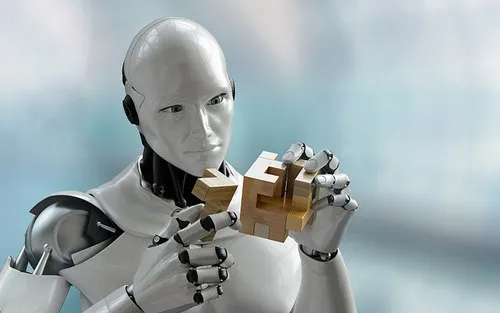Sure, here is a comparison of the 10 best alternatives to humanoid robots, with 1500 words.
1. Drones
Drones are one of the most popular alternatives to humanoid robots. They are small, lightweight, and easy to control, making them ideal for a variety of tasks. Drones can be used for surveillance, delivery, photography, and even search and rescue.
Advantages:
- Small and lightweight
- Easy to control
- Versatile
- Cost-effective
Disadvantages:
- Can be easily damaged
- Not as strong as humanoid robots
- Not as good at interacting with humans
2. Exoskeletons
Exoskeletons are wearable robots that can augment human strength and mobility. They are often used by soldiers, firefighters, and other workers who need to lift heavy objects or move quickly in dangerous environments.
Advantages:
- Can increase human strength and mobility
- Can protect humans from injury
- Can be used in a variety of environments
Disadvantages:
- Can be bulky and heavy
- Can be expensive
- Not as versatile as humanoid robots
3. Soft robots
Soft robots are made of flexible materials, such as rubber or silicone. This makes them more adaptable to their environment than traditional robots, and they are less likely to cause injury if they come into contact with humans.
Advantages:
- Flexible and adaptable
- Safer than traditional robots
- Can be used in a variety of environments
Disadvantages:
- Not as strong as traditional robots
- Not as precise as traditional robots
- Can be more difficult to control
4. Swarm robots
Swarm robots are a group of small, simple robots that work together to accomplish a task. They are often used for tasks that are too difficult or dangerous for a single robot, such as search and rescue or defusing bombs.
Advantages:
- Can work together to accomplish complex tasks
- More adaptable than single robots
- Less likely to be damaged than single robots
Disadvantages:
- Can be difficult to control
- Not as precise as single robots
- Can be more expensive than single robots
5. Telepresence robots
Telepresence robots allow people to remotely control a robot in another location. This can be used for a variety of purposes, such as providing customer service, conducting inspections, or participating in meetings.
Advantages:
- Allow people to interact with remote environments
- Can be used in dangerous or inaccessible locations
- More cost-effective than sending a human
Disadvantages:
- Can be slow and laggy
- Not as immersive as being there in person
- Can be hacked
6. Virtual assistants
Virtual assistants are software programs that can perform tasks for users, such as setting alarms, making appointments, and controlling smart home devices. They are often used in conjunction with other technologies, such as chatbots and voice assistants.
Advantages:
- Can perform a variety of tasks
- Always available
- Can be used to control other devices
Disadvantages:
- Not as intelligent as humanoid robots
- Can be easily fooled
- Not as good at interacting with humans
7. Chatbots
Chatbots are computer programs that can simulate conversation with humans. They are often used in customer service applications, where they can answer questions and resolve issues.
Advantages:
- Can answer questions 24/7
- Can be used to personalize the customer experience
- Can be used to collect data from customers
Disadvantages:
- Not as intelligent as humans
- Can be easily fooled
- Not as good at interacting with humans
8. Intelligent agents
Intelligent agents are software programs that can make decisions and take actions on their own. They are often used in applications such as fraud detection, risk assessment, and logistics.
Advantages:
- Can make decisions quickly and efficiently
- Can learn from experience
- Can be used in a variety of applications
Disadvantages:
- Can be expensive to develop
- Can be difficult to control
- Not as good at interacting with humans
9. Neural networks
Neural networks are a type of artificial intelligence that is inspired by the human brain. They can be used to solve a variety of problems, such as image recognition, natural language processing, and machine translation.
Advantages:
- Can learn from data
- Can be used to solve a variety of problems
- Still under development, so there is potential for
thumb_upthumb_downuploadGoogle itmore_vert
